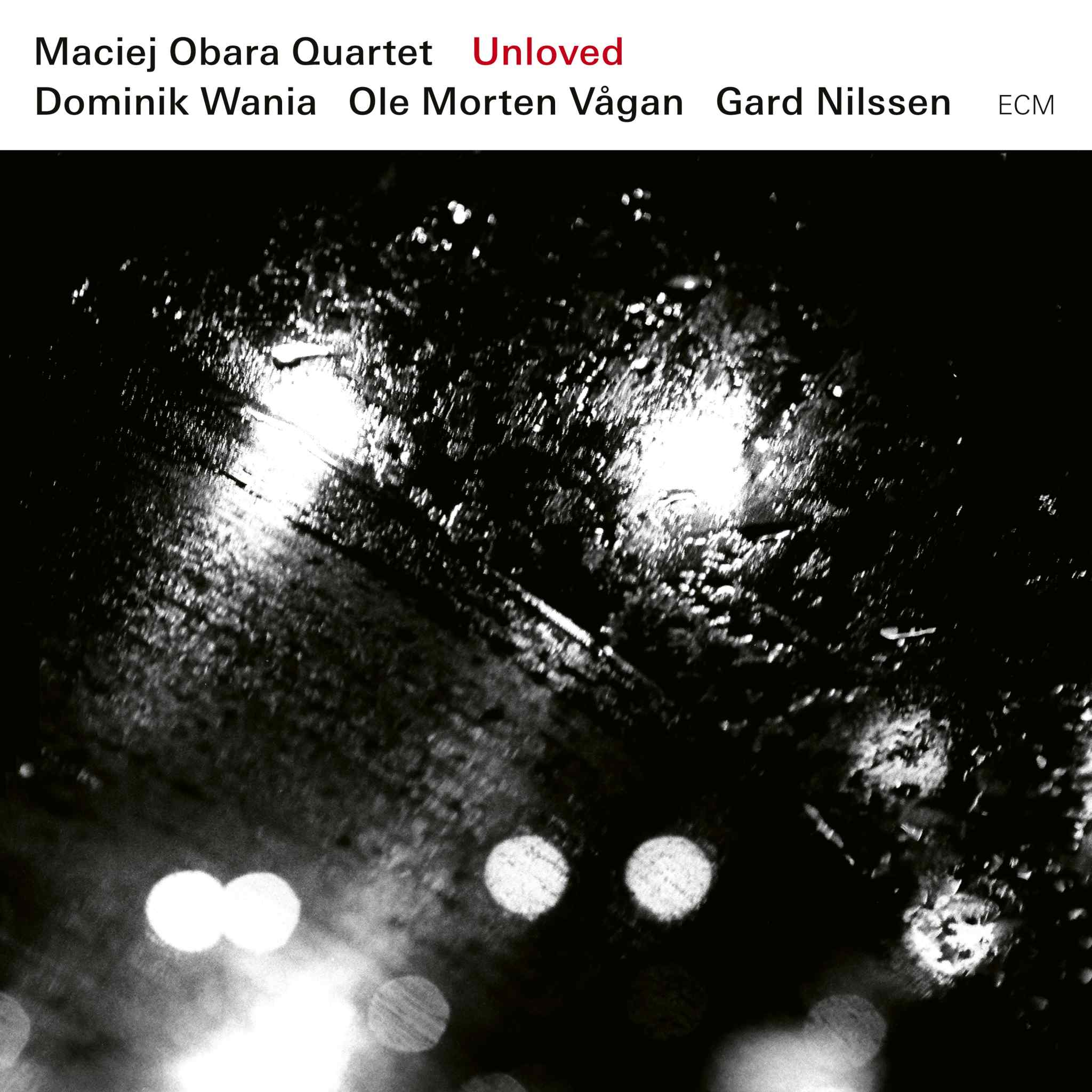Album insights
Robert Schumann dedicated Piano Sonata No. 1 in F-sharp minor, op. 11 to his beloved Clara Wieck, describing it as "A calling from my heart to yours." At the time, Clara was just 16 years old, while he was 25. Despite Clara being a renowned pianist in Europe with numerous concert tours under her belt, Schumann was still striving to establish himself as a composer after abandoning the idea of becoming a pianist due to a hand injury. His parents had pushed him to study law until the age of 20, while Clara's father, who had raised her as his special creation, was extremely proud of her. Robert and Clara had met when she was just nine years old, beginning with his piano studies under her father. Schumann began composing the sonata in 1833 while infatuated with Ernestine von Fricken, a pianist of aristocratic background studying with Wieck as well. However, upon discovering Ernestine's rough and illegitimate origins, Schumann was put off, realizing that Clara had never truly left his thoughts. Thus, Ernestine's presence inadvertently played a role in bringing Robert and Clara together.
Upon the sonata’s completion in 1835, the engagement with Ernestine had ended, and Clara had become the woman he loved. Their first kiss in November of that year left Clara in a daze. Schumann published the work as Pianoforte Sonata, Dedication by Florestan and Eusebius, op. 11, attributing the names to his own personae – Florestan, full of action and zeal, and the dreamy Eusebius. Unconcerned with public opinion, Schumann created a fictitious alliance, the Davidsbündler, to counter the conservative "Philistines" in the music scene, adding to the mystique.
Although Clara wasn’t initially the primary inspiration for the sonata, it bore significant influences from her, notably reflected in the recurring descending scale theme. The sonata brims with energy, from the trumpeting beginning to the expressive interplay between themes and motifs, with Clara's presence subtly woven throughout. Schumann masterfully imbued Clara’s influence through musical motifs shared across their work, emphasizing their musical unity. The work’s dynamic and emotionally charged passages resonate with their shared musical heritage.
Meanwhile, Schumann’s Humoreske in B-flat major, op. 20, while often critiqued for its thematic complexities and lack of structural coherence, embodies his multifaceted artistic vision. Schumann's creations are a reflection of his all-encompassing approach to life, drawing inspiration from diverse sources and imbuing them with profound emotional depth. The Humoreske stands as a testament to their enduring bond, with its intricate interplay of moods and themes mirroring the complexities of their shared experiences.
Composed during Clara's absence in Paris, the Humoreske embodies Schumann’s deep emotions and creative fervor during their time apart, resonating with melancholic undertones. Despite facing criticism for its perceived lack of unity, the Humoreske stands as a testament to Schumann’s artistic depth and unwavering dedication to his craft. The composition's intricate patterns and diverse themes convey a range of emotions, inviting listeners to delve deeper into its nuanced expressions and sentimental reverie.
Schumann’s works, including the Humoreske, offer an unparalleled glimpse into his soul, blending poignant emotions with a rich tapestry of musical ideas. Through the Humoreske’s introspective passages and spirited flourishes, Schumann invites listeners on a profound journey of self-discovery and artistic exploration, capturing the essence of his innermost thoughts and feelings.
In conclusion, Schumann's artistic legacy, epitomized by masterpieces such as the Humoreske, transcends conventional boundaries, inviting audiences to immerse themselves in the rich tapestry of his music and unravel the depths of his creative genius. Through his profound musical expressions and emotional resonance, Schumann’s works continue to captivate listeners and stand as enduring testaments to his enduring legacy in the world of classical music.



